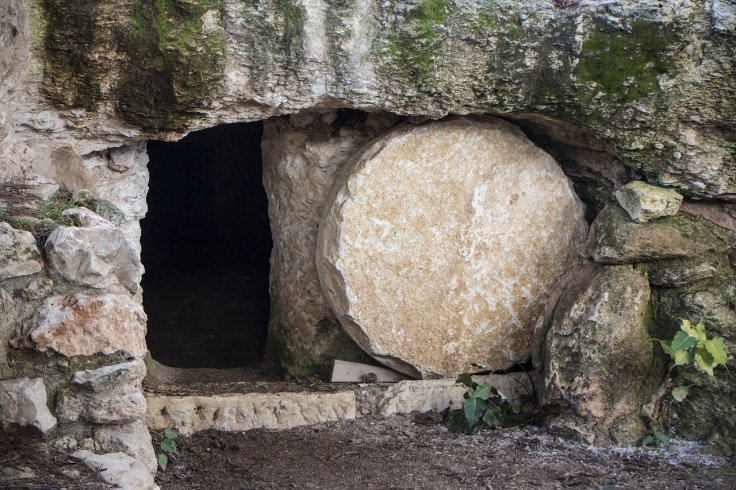
A new study conducted by a team of researchers has found proof of incest that was prevalent in ancient days. Scientists made the conclusion after discovering the remains of a man who was buried inside a stone tomb in Ireland. After initial analysis, researchers revealed that the man was a product of incest.
Proof of Ancient Incest
The researchers, in their study report, noted that the DNA extracted from the remains of the man contains an unexpectedly high number of an identical version of the same genes which indicates that his parents were either siblings or a parent and child. During the study, the researchers analyzed the DNA of 44 people buried in various tombs in Ireland. However, only the DNA of this man indicated that he was the son of an incestuous relationship.
The researchers, in their study's abstract, revealed that the remains of buried people unearthed from Irish tombs dated between 6,600 and 4,500 years ago.
"Although simulations cannot distinguish whether his parents were full siblings or parent and offspring, the only known definitive acceptances of such mating occur among siblings—specifically within polygynous elites — as part of a rarely observed phenomenon known as 'royal' or 'dynastic' incest," wrote the researchers in the report.
Inbreeding among Spanish and Austrian Royals
A few months back, a study report published in the Annals of Human Biology had suggested that a facial deformity known as Hardsburg Jaw can be attributed to inbreeding among Spanish and Austrian royals. Scientists, in their study report, noted that the presence of the unique chin was the result of generations of intermarriage.
"The Habsburg dynasty was one of the most influential in Europe, but became renowned for inbreeding, which was its eventual downfall. We show for the first time that there is a clear positive relationship between inbreeding and appearance of the Habsburg jaw," said Professor Roman Vilas from the University of Santiago de Compostela, who led the study in a statement.









